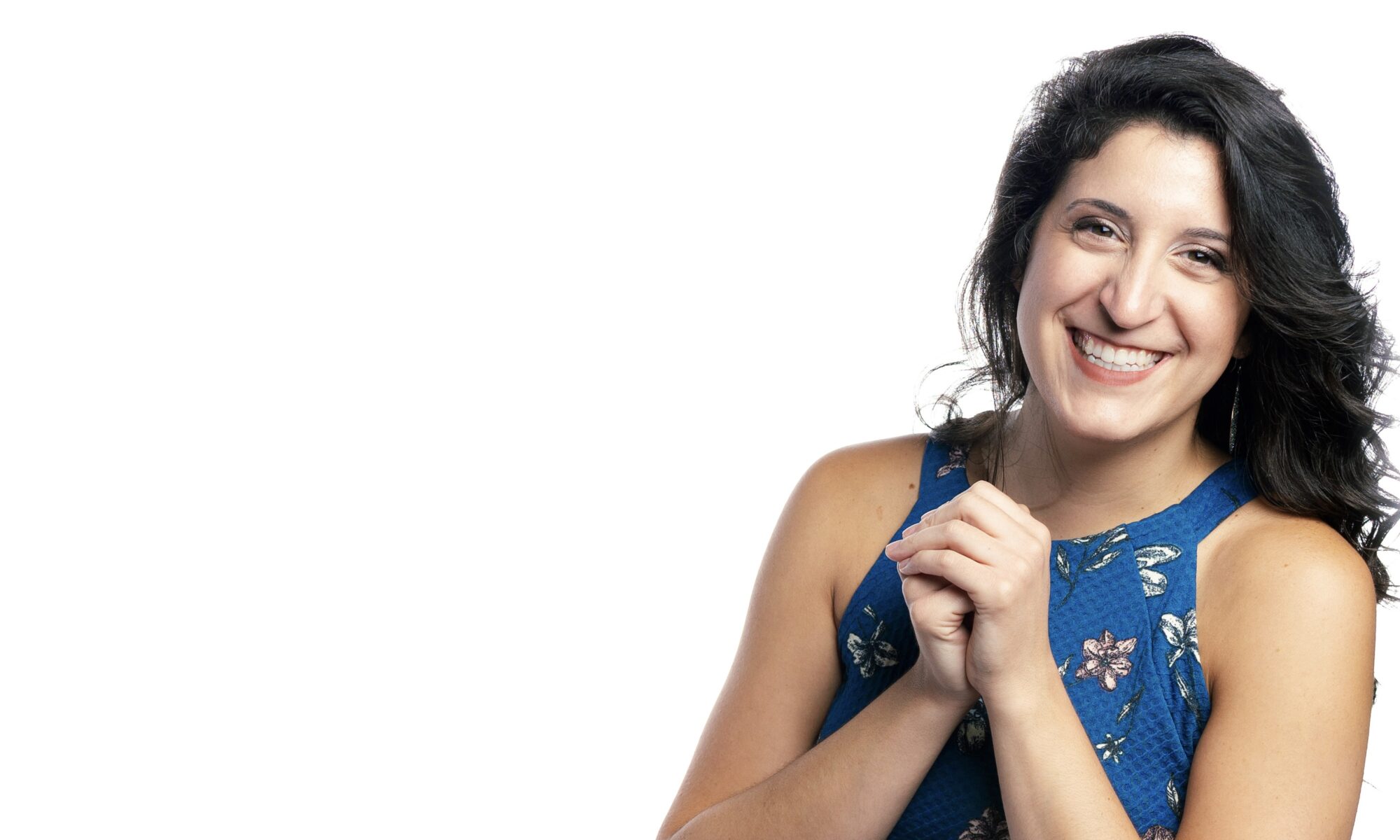Seventh grade science class.
I faced forward at my desk but reached for the floor to retrieve a book from my bag. In using my hand to find the bag, I felt the floor.
Then I felt the left rear leg of my chair.
Then I felt a tire.
A tire?
“Couldn’t be,” I thought. So I squeezed what I felt — something thick and tough, made of rubber. I rubbed it, built a frame around it using my fingers and thumb, pushed on it and pulled, and squeezed it again. “What is this?” I thought. I had to see.
So, I looked.
Which is when I made the discovery.
What I held in my hand was a shoe.
A shoe propped up against one of my chair legs.
A shoe with a foot in it.
“Ohmygosh!”
I let it go and flailed my arms in the air (like anyone would upon finding a foot).
Which is when it dawned on me that the foot was attached to the body in the seat at the desk directly behind mine. I looked up.
“Hi,” he smiled.
It was Drew.
We lost it. And when the laughter waned, I spoke.
“I’m sorry I squeezed your shoe.”
[callout]This post is part of a series of true stories, called “True Story.” [/callout]
